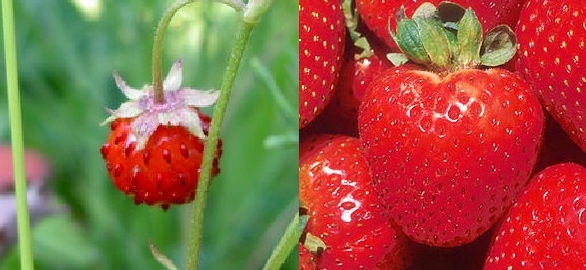Let me know if you have any trouble with the embedded video. The embedding code from ISU doesn’t seem to play well with wordpress.
I’ve got several posts on the maize genome coming out scheduled to go up later today. Living on the west coast (not to mention having a circadian clock that seems convinced I should actually be living on Honolulu time) it’s the only way to get information up in time for morning readers in most of the US.
Anyway, hopefully some of what I’ve written makes sense (I’ll be running a lot of long computational jobs at work so I’ll have plenty of time to answer questions in the comment sections about all the stuff I’ve written that doubtless makes no sense at all). But to start us off this morning, how about a short (<4 minutes) video from Patrick Schnable one of the two lead authors on the maize genome paper. After four years of talking about the corn genome project as well as it’s challenges and benefits, one gets very good at it.*
[flowplayer src=http://www.ag.iastate.edu/video/media/52/Sequencing_the_Maize_Genome.mp4]
See the video in it’s original context here. I’m assuming since ISU provides embedding code they’re ok with me showing it here.
*Fair disclosure, there are important reasons I may be biased in my evaluation.
